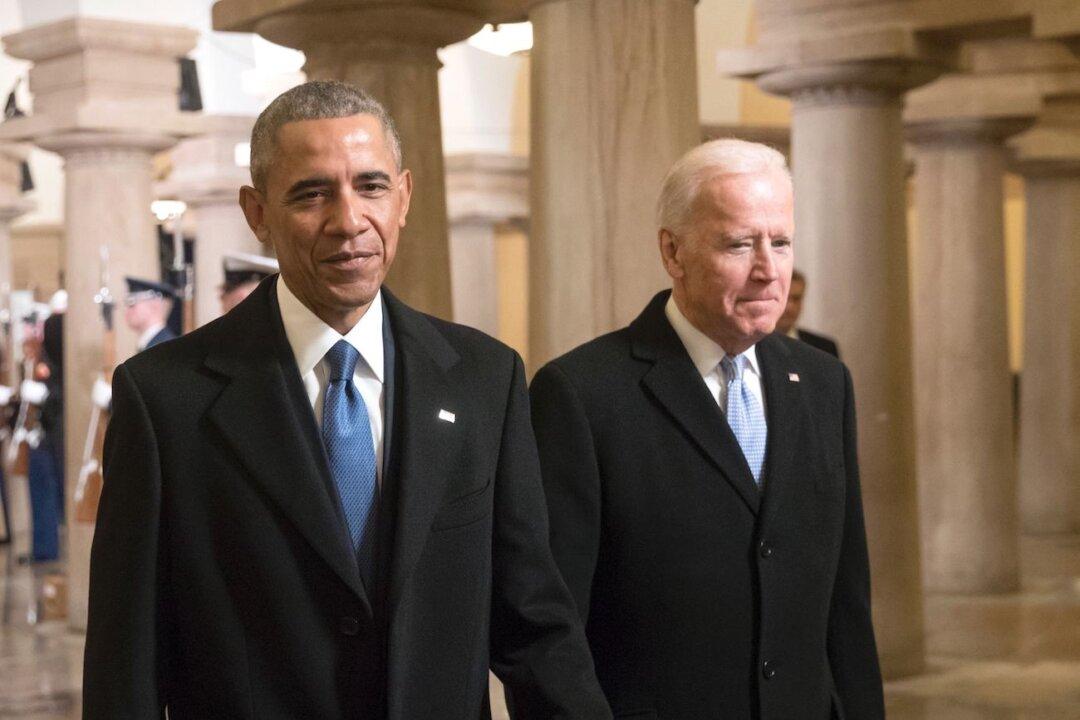Commentary
On Wednesday, Elisabeth Zerofsky of The New York Times Magazine published a lengthy essay titled, “How the Claremont Institute Became a Nerve Center of the American Right.” Zerofsky’s piece was well-researched, honest, and measured, but the same cannot necessarily be said for other recent fulminations against the California-based conservative think tank. Less than two weeks ago, The Washington Post published one such sordid entry, disproportionately focused on the Jan. 6, 2021, jamboree at the U.S. Capitol, titled, “The Claremont Institute Triumphed in the Trump Years. Then Came Jan. 6.”





